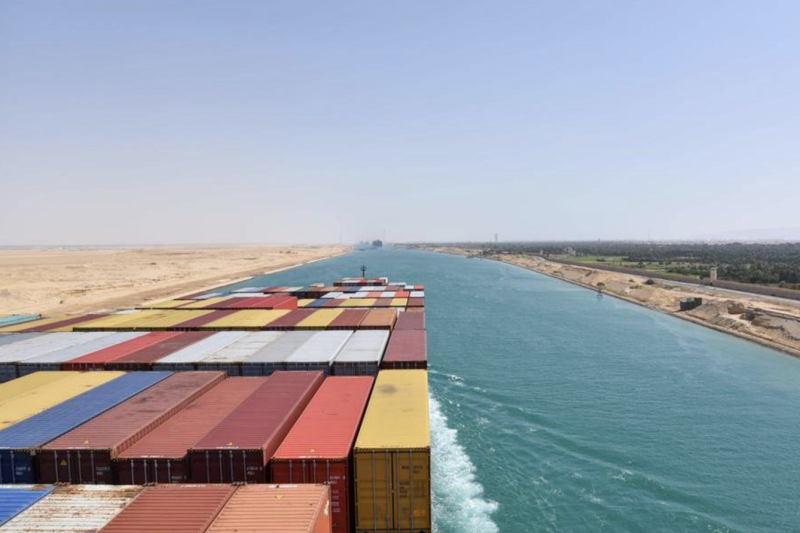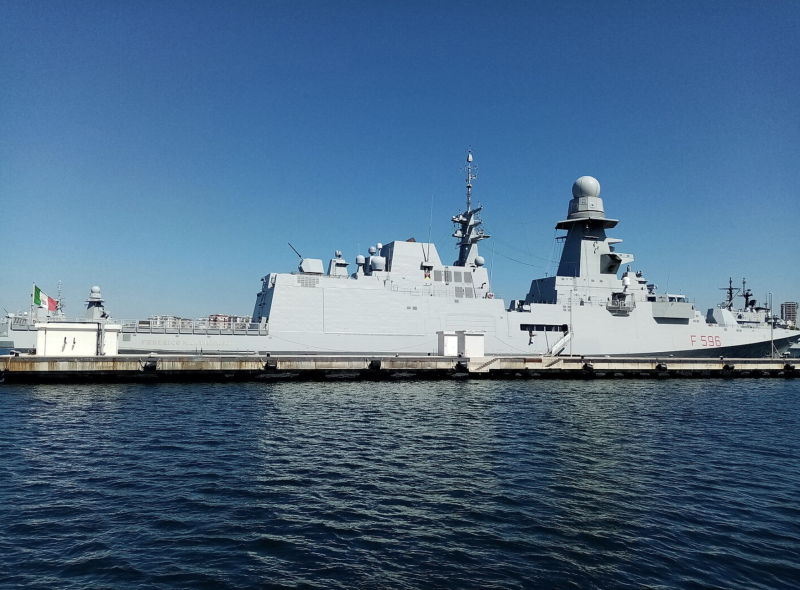A new chapter for us and the sea


Stretching over 2,500 kilometers, Yemen’s coastline is one of the longest in the Arabian Peninsula, rich with biodiversity and marine resources that have sustained communities for generations. Fishing is not just a livelihood - it is a lifeline. For millions living along the coast, it provides income, food security, and a deep connection to the ocean’s rhythms. At the heart of this vital marine economy are fish landing sites - critical infrastructure where fishers dock, store, process, and sell their catch. These sites serve as economic engines, food distribution hubs, and first lines of defense for marine sustainability.
But when these facilities fall into disrepair, the consequences are wide-reaching: livelihoods collapse, food spoilage rises, and pollution damages fragile marine ecosystems. In conflict-affected countries like Yemen, where coastal resilience is already under strain from climate change and economic hardship, the condition of these sites is a direct indicator of the health of coastal communities and the marine environment itself.
In the village of Al Qurn in Hadhramout Governorate, decades of neglect had left one such fish landing site, once a vibrant hub, in ruin.
Today, however, Al Qurn is experiencing waves of change. With support from the United Nations Development Programme’s Sustainable Fishery Development in the Red Sea and Gulf of Aden (SFISH) Project, funded by the World Bank and implemented) in partnership with local organization the Public Works Project (PWP), the community is rebuilding the Al Qurn fish landing site.
Building the foundation for a sustainable future
Originally constructed in 1998, the Al Qurn Fish Landing Site had long been in disrepair. Damaged auction halls, a defunct fuel station, the absence of cold storage, and unsafe sanitation had made daily operations risky and unprofitable. Fisherfolk were forced to travel long distances to access ice or safe landing spaces, often resulting in spoiled catch and lost earnings.
A comprehensive transformation is now underway at the site, marking a significant step forward in its development. The area is undergoing near-complete rehabilitation, with the construction of new auction halls and administrative buildings that will enhance operations and efficiency. Sanitation blocks and septic systems are being installed to improve hygiene and public health standards. In addition, the restoration of electricity and clean water networks will ensure reliable access to essential services. To address climate-related risks, flood protection walls are also being built, with further improvements planned to strengthen the site’s resilience and functionality.
Empowering the whole community
The SFISH Project goes beyond infrastructure development; it is a catalyst for empowering the communities that rely on vital fish landing site resources. The restoration is expected to benefit nearly 47,000 individuals, both directly and indirectly, by revitalizing livelihoods and strengthening economic resilience. Among the primary beneficiaries are 950 local fisherfolk, who will gain improved access to facilities and market opportunities. Additionally, the project has already created employment for 327 local workers during the construction phase, contributing to immediate income generation and skills development within the community.
Importantly, this transformation is inclusive of women in the community, who play a vital role in the fisheries sector.
A community committee, elected and inclusive of women, youth, and persons with disabilities, plays a central role in managing the project and ensuring its sustainability.
Protecting our marine resources
Previously, Al Qurn’s shore was cluttered with waste, abandoned boats, and runoff that endangered marine life. Fish had to be transported over 8 kilometers to access cold storage, leading to frequent spoilage and environmental harm.
With guidance from the project’s Environmental and Social Management Plan (ESMP), the Al Qurn Fish Landing Site is being cleaned and protected. Measures include:
Septic tanks and drainage systems to manage wastewater
Responsible construction waste disposal
Training in proper fish handling and waste reduction
Monitoring to ensure compliance with environmental standards
Voices from the shore
Mohammed, a longtime community leader and veteran of the fisheries sector, reflects on the transformation of the Al Qurn landing site, a vital hub for local fisherfolk and the community.
“We’re now in the final stages of rehabilitation, and the changes are clear: less waste, cleaner surroundings, and more organized workspaces. It’s already a huge improvement from before. Al Qurn is a key landing site for our community, and once the new facilities are fully operational, it will bring new life and opportunity back to our shore. We still have some way to go, but the future looks bright.”

Aden  – British Ambassador to Yemen, Abda Sharif, has reiterated the United Kingdom’s strong backing for the United Nations Verifi…

CAIRO — The Suez Canal Authority (SCA) announced that revenues from the vital waterway fell to approximately $4 billion in 2024, marking a dr…

Aden — The European Union has confirmed that the Italian frigate ITS Marceglia, operating under its maritime security mission in the Red Sea,…